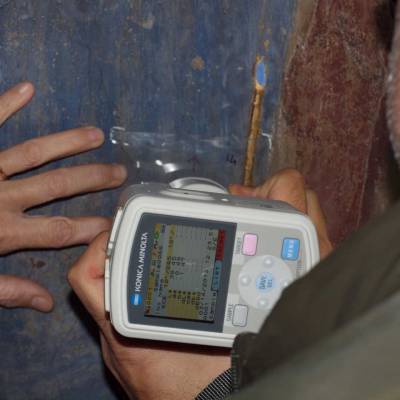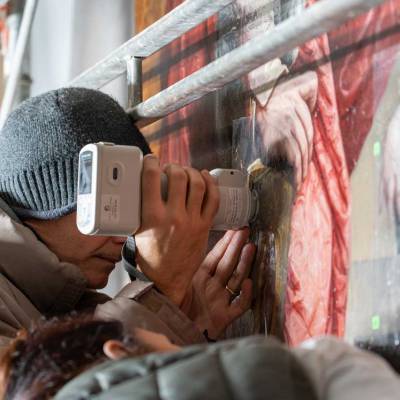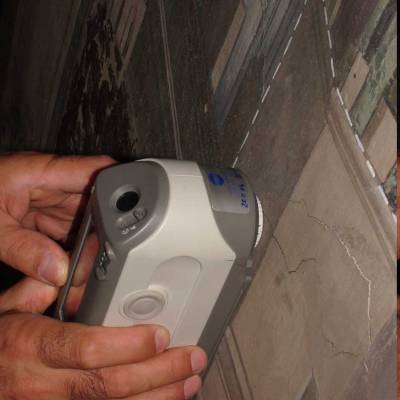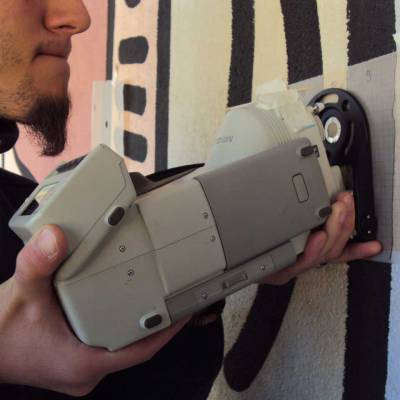Spectrocolorimeter

Colorimetry is the term given to the description and quantification of human color perception. This includes studies of the color-matching characteristic of the human visual system, the ability of observers to notice small differences in color, the phenomenon of adaptation to differently colored light sources, and studies of human perception of color in general. Colorimetric data are used when it is desirable to express changes in terms of appearance. In the field of art conservation, colorimetry is applied to evaluate the differences between colors of neighboring areas in artworks before and after conservation; to monitor fading phenomena caused by exposure to specific environments; and to study color alteration, for instance resulting from the application or removal of top layers of varnish.
Colorimetric analysis is a non-invasive technique. However, when colorimetric measurements are performed by using contact instruments care must be taken in positioning the device or the probe-heads on the surface of the object.
Color measurements are acquired by using a Konica-Minolta spectro-colorimeter model CM-700d. It is equipped with an integrating sphere; it has a measurement geometry d/8° and works on the spectral range 400-700 nm with 10 nm acquisition step. The light source and detector are a pulsed xenon lamp with UV cut filter and a silicon photodiodes array, respectively. The instrument is provided with its own white reference (100% reflective) and a zero calibration box (0% reference).



